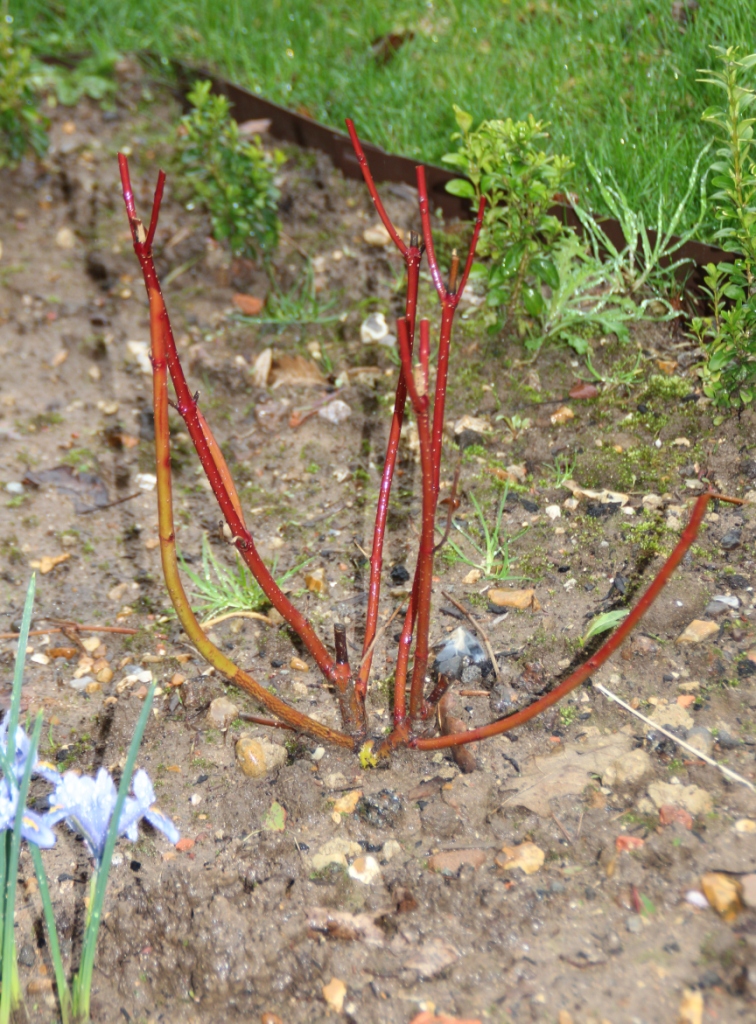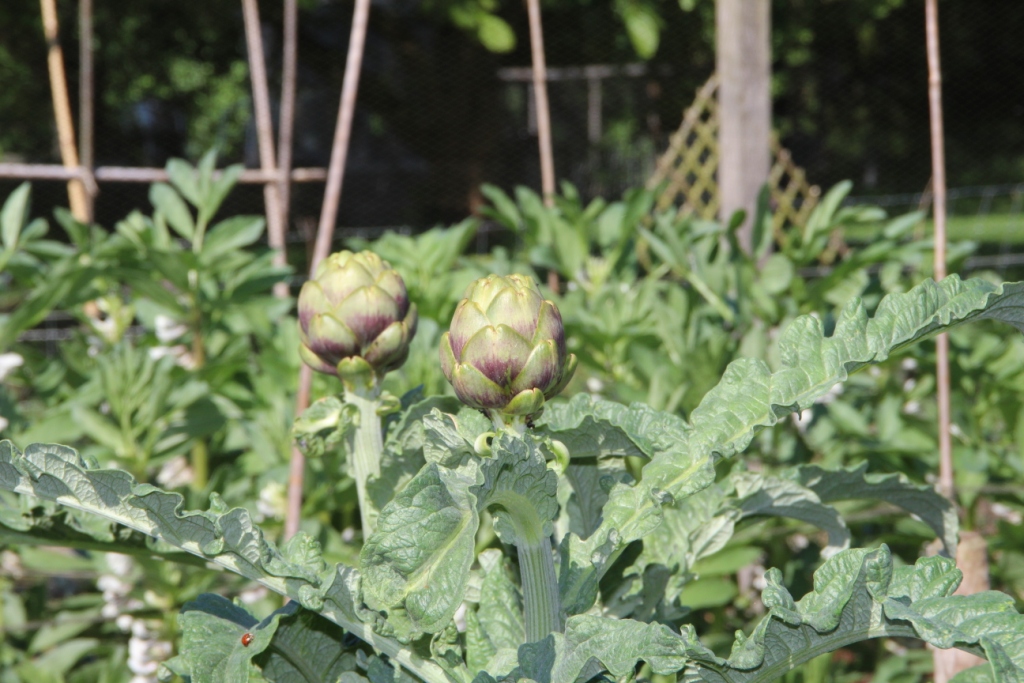The days are getting longer, spring is on its way and lots of plants will do much better this summer with some care and attention over the next few weeks. Mind you, you might have to be patient given the very wet February that we’ve experienced, steer clear of lawns and borders that are very wet as you may end up compressing the ground and damaging the soil structure.
It is a great time to work on herbaceous perennials. Cut back any dead growth to create space for this year’s shoots and if clumps are over-crowded or too big it is the perfect time to divide them. Geraniums (cranesbill), Sedums (or as we should now call them Hylotelephiums) and grasses are all good candidates. This is not a difficult job, lift the whole plant and cut the root ball into a number of smaller pieces, making sure that you’ve got both roots and shoots on each piece. A spade or an old saw are perfect tools for the job. Select the pieces with the most vigorous growth and re-plant the selected divisions immediately and despite the recent rain, water in well.
You will probably end up with more plants than you want to re-plant in the original space. This may be a good time to populate sparser parts of the garden, or maybe you can share a favourite plant with friends. For the less vigorous pieces don’t be afraid to consign them to the compost heap.
While preparing plants for a surge of growth in spring cut back semi-evergreen perennials such as Penstemons to a low framework of sturdy stems and prune back Cornus as it is the newer growth that gives the best colour. Most types of Cornus will happily stand very hard pruning, the exception is sanguinea (‘Midwinter Fire’ is a popular cultivar) which should be pruned more gently. Take out old and congested stems, but leave the remaining stems longer than you would for other types of Cornus so that you retain the gradation of colour that is the mark of ‘Midwinter Fire’.
Early March is widely regarded as the perfect time for pruning roses, cut them back to five main shoots about 15cm high just above an outward facing bud, then feed and mulch.
On the topic of feeding, it is also a good time to give permanent containers a boost, scrape away the top couple of cm of older compost, top dress with new compost with some slow release fertiliser mixed in.
In the kitchen garden, the soil is likely to be a bit cold for direct sowing, but March is ideal for indoor sowing of all sorts of crops, including brassicas, celeriac, peas and greenhouse crops like tomatoes and aubergines.
Outdoors, it is a good time to plant asparagus crowns and globe and Jerusalem Artichokes. Once perennial vegetables are established they tend to be lower maintenance than the ones we grow each year so are a useful addition to vegetable plots. Because they are long term planting, they will reward you for good ground preparation. Weed the area thoroughly and add plenty of well rotted organic matter to improve drainage, nutrient retention and soil structure before planting.




